
Skin and Systemic Infections in Children with Atopic Dermatitis
Atopic dermatitis (AD), a chronic and intensely pruritic skin condition, affects an estimated 2% to 42% of children globally. Beyond its visible skin lesions and intense itching, the condition carries a significant risk of secondary infections that complicate clinical outcomes and burden patients and caregivers alike.
A recent review highlights the critical link between AD and increased susceptibility to a wide array of bacterial, viral, and fungal infections—both cutaneous and systemic. This vulnerability stems from several interrelated factors: a disrupted skin barrier, reduced production of antimicrobial peptides, a dysregulated skin microbiome, and a predominantly Th2-driven immune response. Together, these abnormalities create a permissive environment for pathogen colonization and invasion.
Among the most common culprits are Staphylococcus aureus, which colonizes the skin of a majority of AD patients, and Malassezia species, implicated in fungal overgrowths. These organisms not only exacerbate eczematous inflammation but can also trigger systemic infections in severe cases. The review emphasizes that during disease flare-ups, infections should be considered key contributors—and in some cases, triggers—to worsening symptoms.
Children with AD are more prone to frequent and severe infections than their healthy counterparts, raising the urgency for early identification and comprehensive management strategies. Recent research underscores the importance of microbial surveillance and tailored antimicrobial interventions in preventing complications.
The dual cornerstone of infection prevention in AD lies in:
1. Restoring the skin’s barrier integrity through moisturization, barrier repair therapies, and avoidance of irritants.
2. Modulating the Th2 immune response with newer targeted therapies, including biologics such as dupilumab, which have shown promise in reducing both inflammation and infection risk.
This growing body of evidence provides not only a clearer understanding of the immunological and microbiological dynamics of AD but also paves the way for more effective, individualized treatment approaches. As research continues to evolve, integrating infection control into the broader management of atopic dermatitis will be essential in improving outcomes and quality of life for pediatric patients.



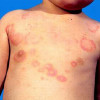
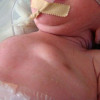


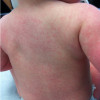


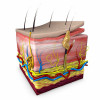
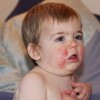

Please login to comment on this article